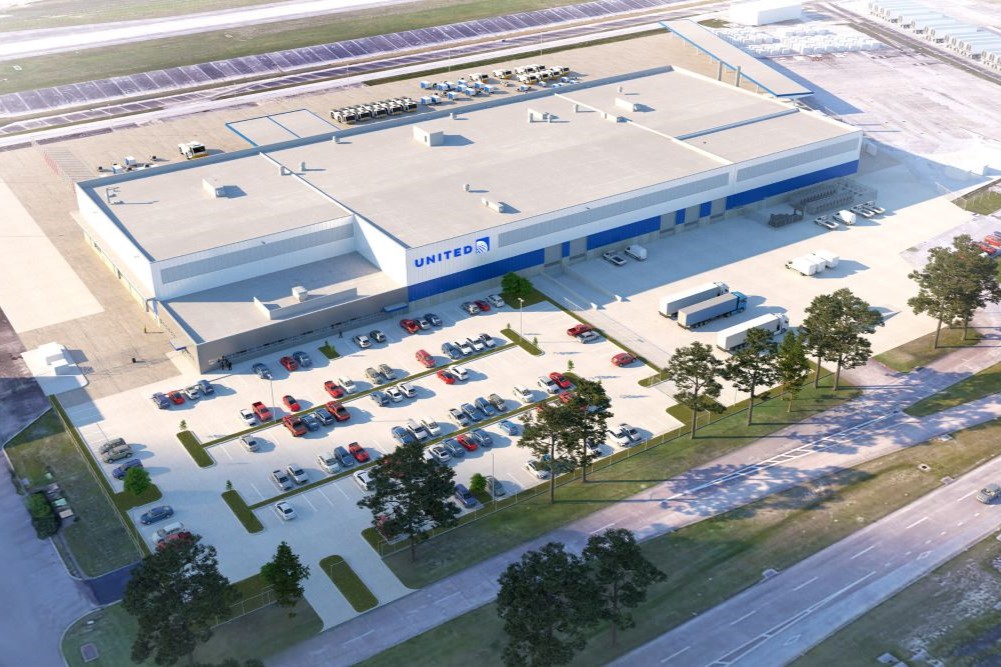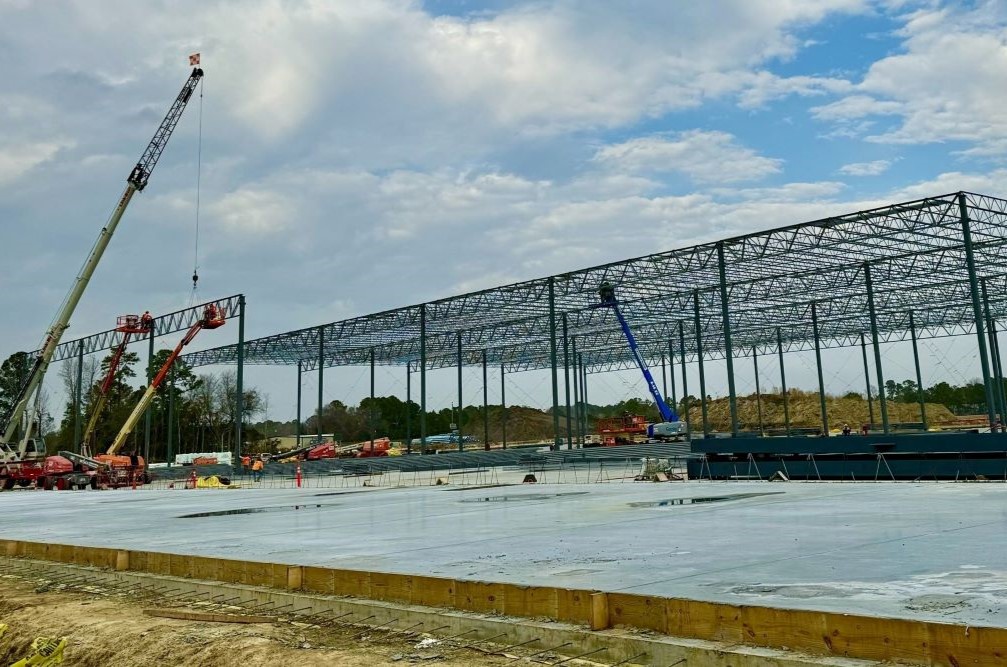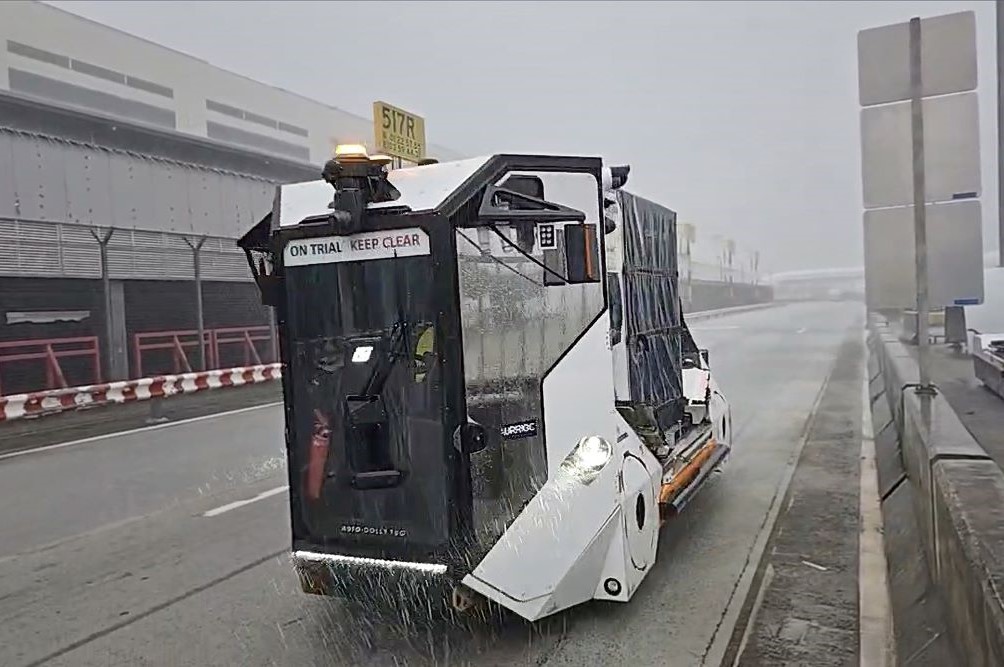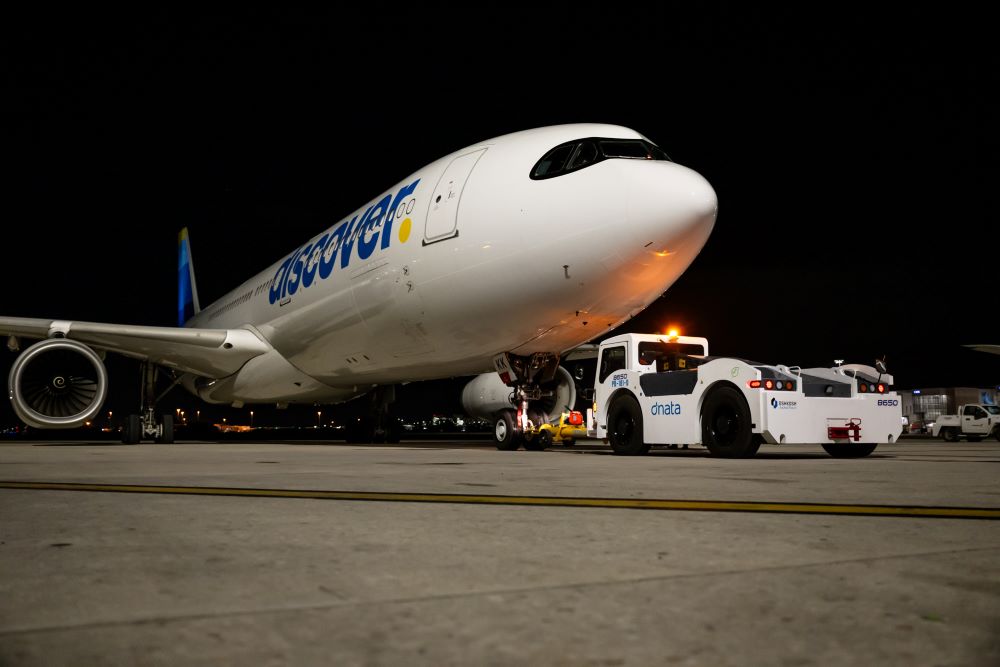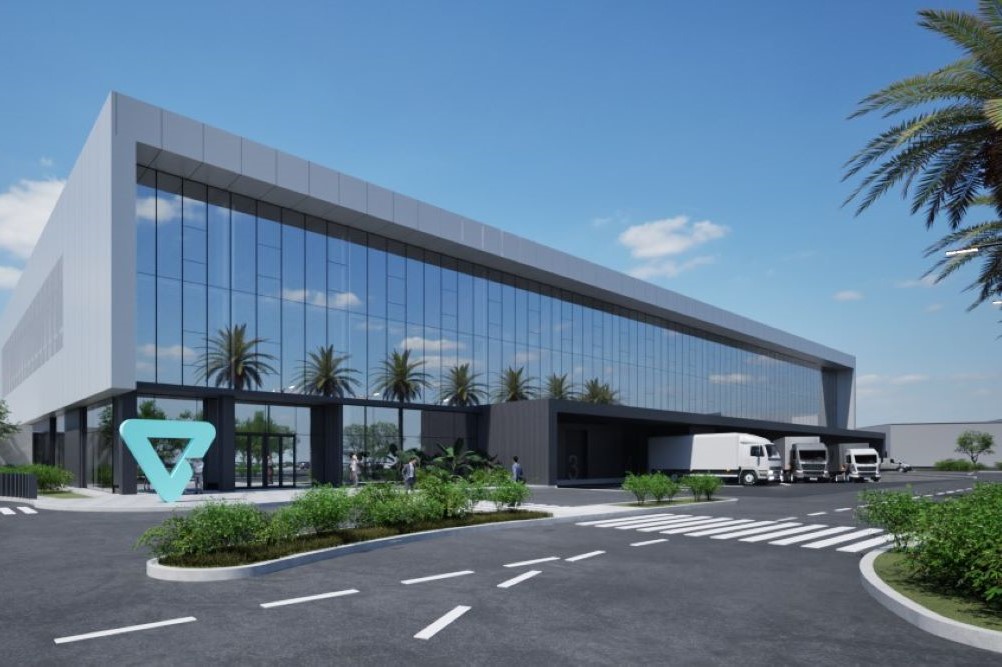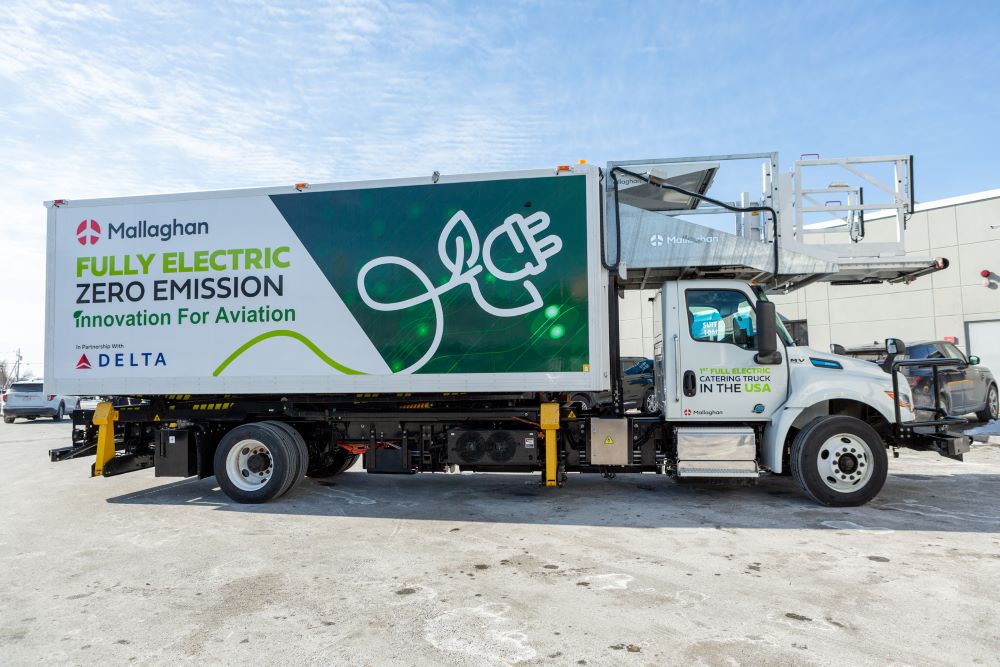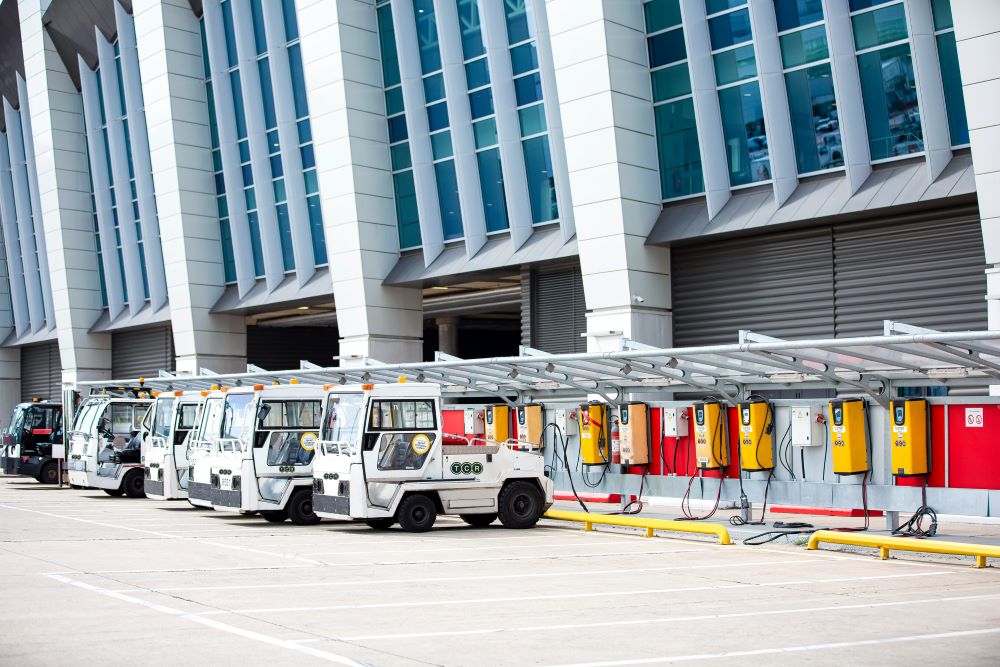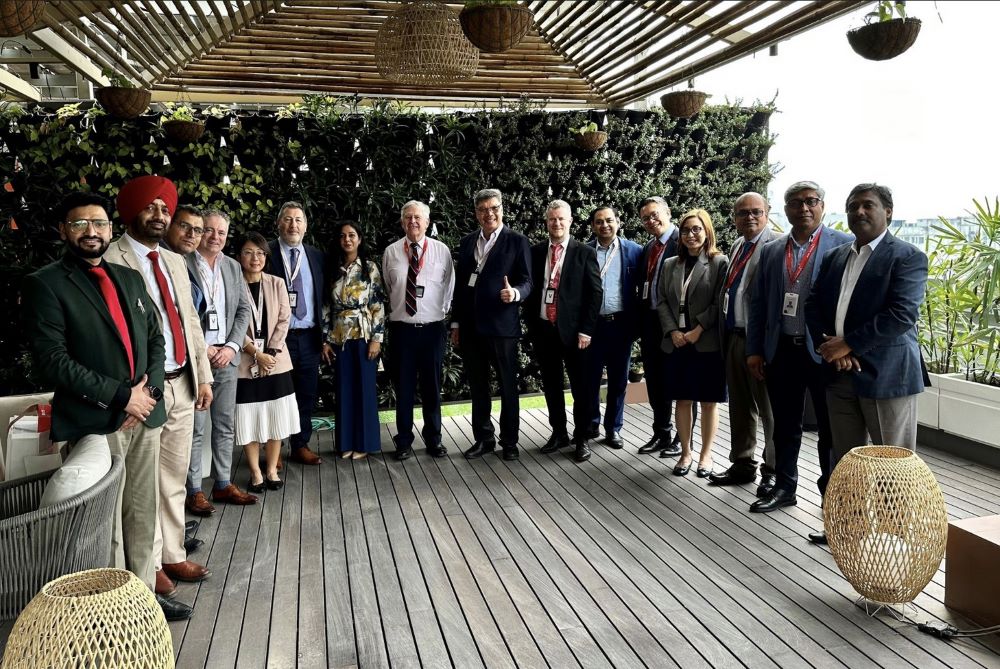Air Canada to go fully electric in Quebec City
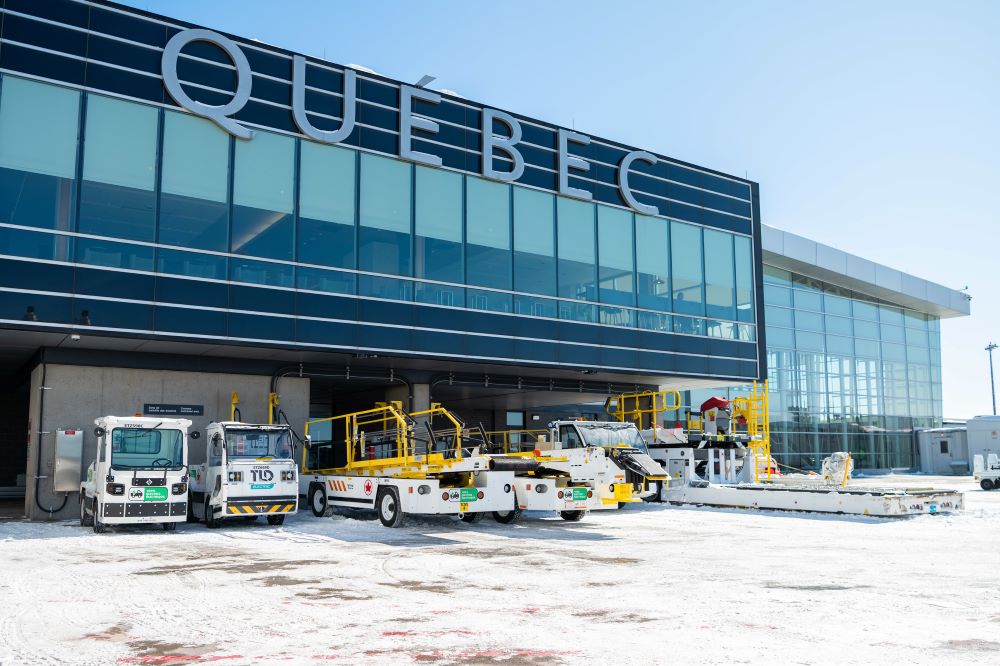 Air Canada will make Quebec City Jean Lesage International Airport its first station to operate a 100% electric GSE fleet by the end of the year.
Air Canada will make Quebec City Jean Lesage International Airport its first station to operate a 100% electric GSE fleet by the end of the year.
At the Quebec City (YQB) station, Air Canada will complete its transition away from fossil fuel-powered equipment to electric alternatives for baggage and ramp tractors, belt loaders, power stows, container loaders and aircraft tractors.
The announcement coincided with the start of Earth Month.
Switching to eGSE is a mid-term step towards the long-term goal of achieving net zero greenhouse gas emissions by 2050.
Using 2019 as a baseline, Air Canada aims to cut greenhouse gas emissions from air operations by 20% and 30% from ground operations by 2030.
Michael Rousseau, President and CEO of Air Canada, said: “The focus of Earth Month 2025 is renewable energy and with Quebec’s renewable hydroelectric power, it is fitting that the city of Quebec is our first fully electric capable station. This project demonstrates the successful collaboration between Air Canada and the YQB airport authority in developing the necessary charging infrastructure to support the transition to a zero direct emission eGSE fleet powered by Quebec’s renewable energy grid.”
Stephane Poirier, President and CEO of the airport, added: “This project was made possible thanks to close collaboration between our teams, and is perfectly in line with our commitment to reduce the environmental footprint of our operations, as well as to provide the support and tools necessary for our airline partners to achieve their GHG reduction objectives. We are proud that YQB is the first Air Canada station to take this important step towards environmental sustainability.”
Air Canada has been retiring older fossil fuel-powered GSE in favour of eGSE and it has over 900 pieces of eGSE equipment, representing 35% of its GSE fleet.
Some operations still require fossil fuel-powered GSE so Air Canada will work with manufacturers to evaluate new technologies, says the airline.


